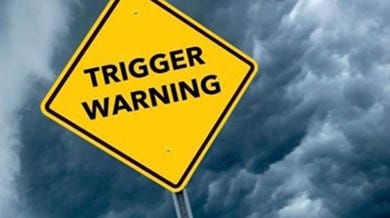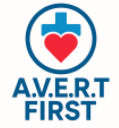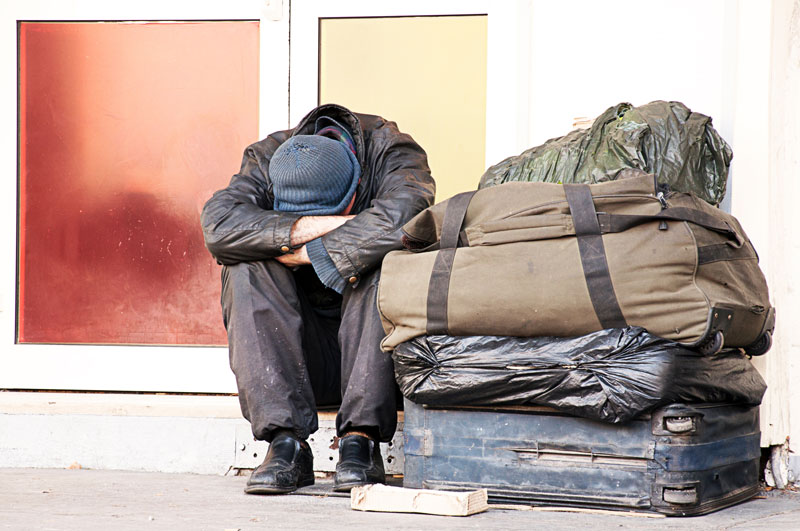
Step 4: Trigger / Stressor Event
What It Is
A trigger or stressor event is the acute moment that activates a risk and overwhelms existing coping mechanisms or safeguards.
-
Vulnerability makes someone more susceptible.
-
Risk creates the hazard.
-
Exposure puts them in contact with it.
-
A trigger is the spark that pushes the situation toward crisis.
Triggers can be:
-
Personal: Breakup, job loss, argument, flashback, rejection.
-
Environmental: Loud noises, chaotic settings, unsafe neighborhoods.
-
Systemic: Eviction notice, benefits cut off, discriminatory treatment in healthcare.
-
Biological: Sudden illness, medication lapse, sleep deprivation.
Relationship to the Pathway of Harm
-
A trigger is the tipping point: when the balance shifts from risk potential to active escalation.
-
Triggers often expose the fragility of existing supports — showing where resilience is thin.
-
Not everyone with vulnerabilities and risks will encounter the same trigger, but once it happens, harm becomes more likely and urgent.
What We Train Individuals to Do
A.V.E.R.T. prepares people to:
-
Notice early warning signs — agitation, withdrawal, confusion, sudden change in behavior.
-
Recognize context — the same event may not affect everyone equally (a breakup may trigger crisis in one teen, but not in another with strong support).
-
Respond calmly and safely — defuse the stressor if possible, reduce environmental intensity, or offer stabilizing presence.
-
Escalate quickly if needed — when a trigger is clearly pushing someone toward imminent harm, individuals are trained not to wait but to activate higher-level support.
What We Hope Others (Clinicians, Leaders, Systems) Will Do
-
Clinicians: Assess for trigger histories (what sets off relapse, panic, or suicidal thinking) and build prevention plans around them.
-
Public Health & Leaders: Recognize community-level triggers (e.g., police violence, natural disasters, economic downturns) and prepare collective buffers.
-
Systems: Implement crisis protocols that catch people at trigger points before escalation (hotlines, crisis teams, trauma-informed schools, emergency outreach).
Examples of Triggers in Action
-
Individual: A veteran with PTSD (vulnerability) exposed to loud noises (risk) is triggered by fireworks, leading to panic or aggression.
-
Youth: A bullied teen (vulnerability + risk + exposure) experiences a humiliating incident online (trigger), prompting suicidal ideation.
-
Community/System: A community already facing poverty and health disparities (vulnerabilities) with ongoing pollution (risk and exposure) experiences a major industrial accident (trigger), overwhelming healthcare resources.
Illustrative Statistics
-
Nearly 50% of suicide attempts are preceded by an acute triggering event within 24 hours (e.g., argument, loss, rejection).
-
PTSD triggers can increase relapse rates in substance use by 2–3x.
-
Communities struck by natural disasters experience a 25–50% increase in depression, anxiety, and PTSD symptoms in the months that follow.
Takeaway/Summary
Triggers are the sparks that ignite vulnerability and risk into crisis. A.V.E.R.T. trains individuals to recognize triggers early, respond with calm action, and connect people or communities to resources before harm escalates. At the clinical and system level, planning for triggers can stop the chain reaction from progressing to crisis and irreversible harm.







